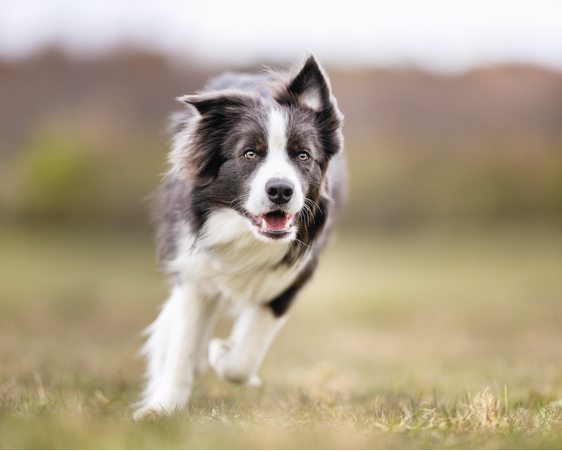For many dogs, even the slightest change in daily routines can be upsetting. In response, poor Fido may start acting disruptive or destructive, especially when left home alone. He may resort to urinating and defecating indoors, howling, chewing, pacing or trying to escape from the house or yard. When these issues are accompanied by signs of panic, distress or depression, they may indicate your pooch suffers from separation anxiety.
But don’t fear—we’re here to help! When treating a dog with separation anxiety, the goal is to resolve the underlying issue by teaching him to enjoy—or at least tolerate—being left alone. Our experts have put together a list of top tips for helping your pooch overcome separation anxiety.
Doctor Knows Best: The first step in tackling behavior issues is to rule out any underlying medical problems that might be causing your pet’s behavior. For example, if your pet is urinating in the house, he might be suffering from a urinary tract infection, bladder stones, diabetes or kidney disease—all of which can cause urinary incontinence in dogs.
Conquer Fear: If your pooch suffers mild separation anxiety, counter conditioning—or helping your dog associate being alone with something good, like a tasty treat—might reduce or resolve the problem. To develop this kind of association, offer your dog a food-dispensing toy every time you leave the house.
Dogs Need Jobs: Providing lots of physical and mental stimulation is a vital part of treating many behavior problems, especially those involving anxiety. Exercise can enrich your dog’s life, decrease stress and provide appropriate outlets for normal behavior. Plus, a tired dog doesn’t have much excess energy to burn when he’s left alone!

